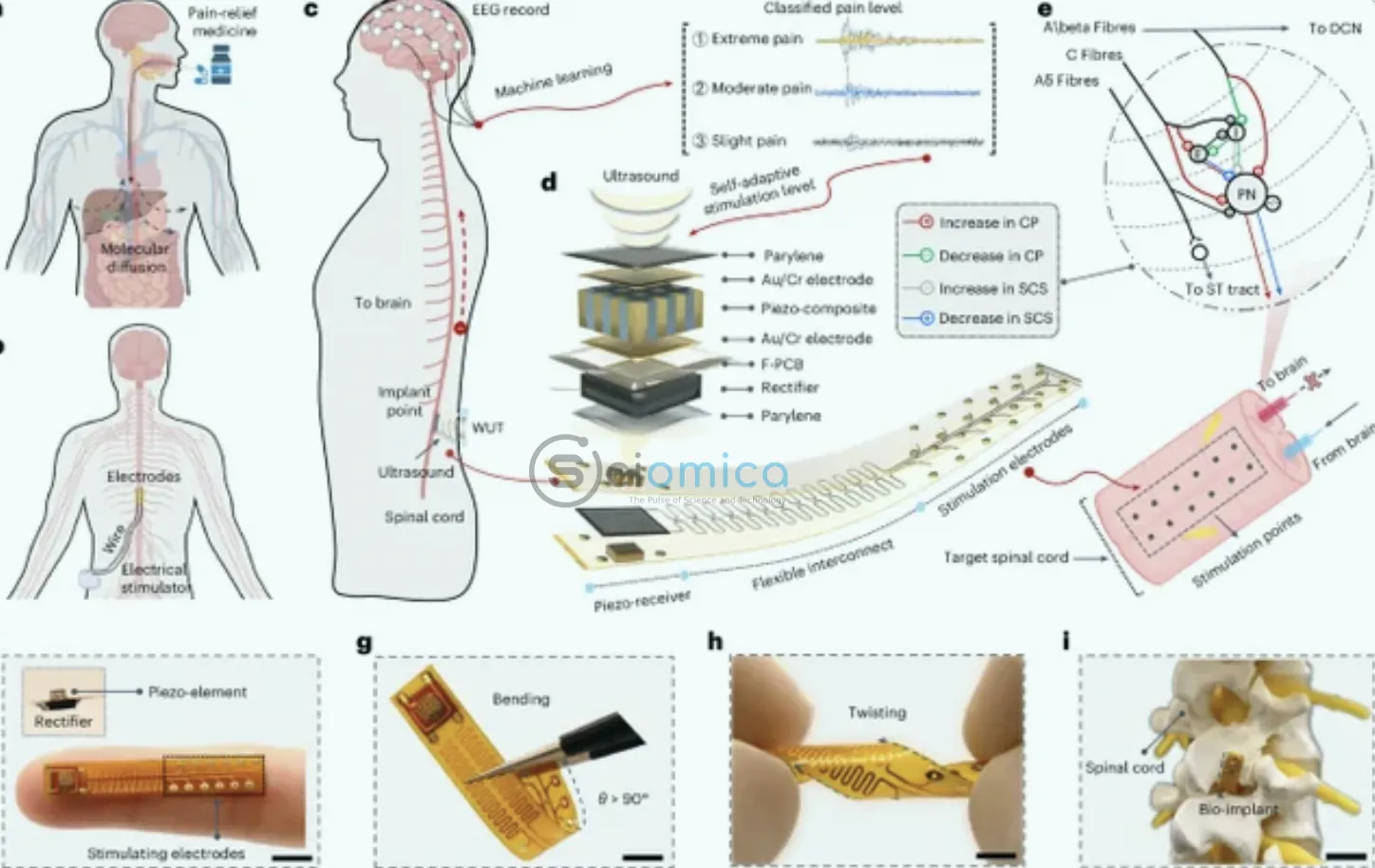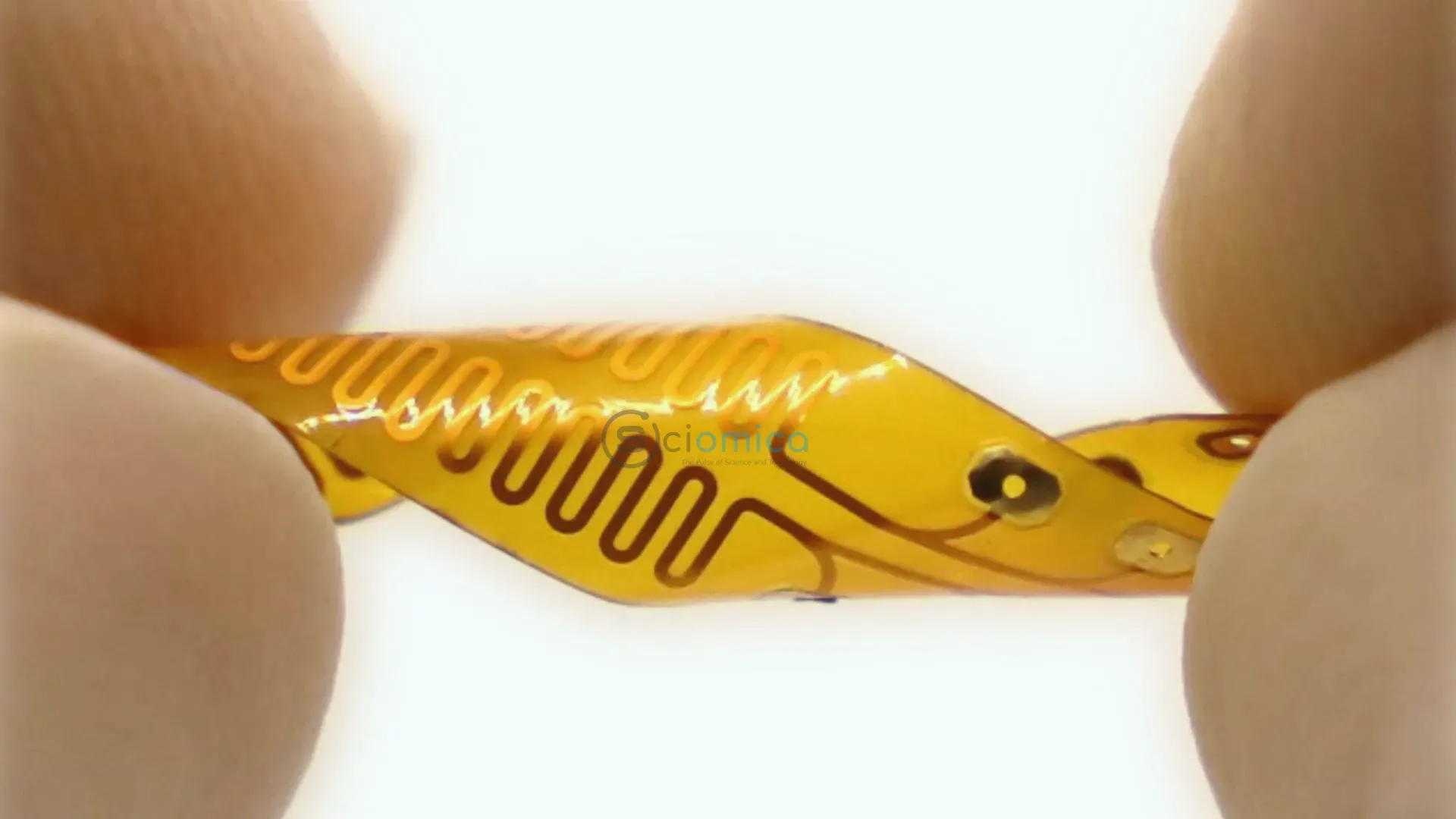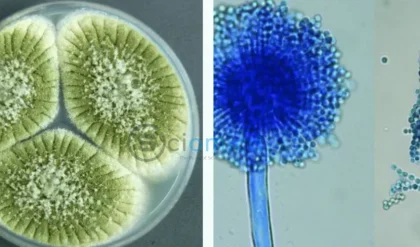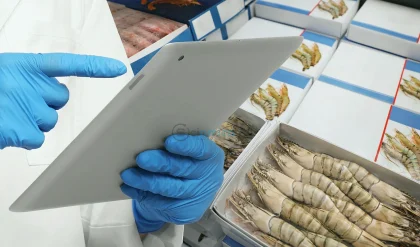
Chronic pain remains a significant challenge for millions of Americans, with an estimated 51.6 million individuals living with this condition. Many patients find themselves dependent on opioids, a choice fraught with dangers such as addiction and debilitating side effects. Among these individuals, more than 17 million suffer from high-impact chronic pain, which often constrains their ability to perform daily tasks and impacts their overall quality of life.
In a promising development, researchers at USC’s Viterbi School of Engineering, specifically from the Zhou Lab in the Alfred E. Mann Department of Biomedical Engineering, in collaboration with the Jun Chen Group from UCLA, are pioneering a new device aimed at revolutionizing chronic pain management. Their innovation is a wireless implantable stimulator that employs ultrasound technology to provide a personalized pain relief solution, potentially diminishing the need for opioid medications.

The device, recently detailed in the journal Nature Electronics, represents a crucial advancement over existing spinal cord stimulators, which often come with cumbersome designs and the downsides of battery reliance and invasive surgical procedures. The novel ultrasound-induced wireless implantable stimulator (UIWI) is designed to flexibly conform to the spine and operate on a wearable ultrasound transmitter, eliminating the need for traditional batteries.
This groundbreaking equipment employs a miniaturized piezoelectric element made from lead zirconate titanate (PZT), a material adept at converting ultrasound energy into electrical signals, thereby powering the stimulator. The approach provides a non-invasive way to reach deeper tissues and is guided by smart machine learning algorithms, enabling customized treatment for each patient.
Key to the functionality of the UIWI stimulator is its real-time capability to assess pain levels and adjust treatment accordingly. The system continuously monitors electroencephalogram (EEG) signals from the brain, using an advanced AI model based on a neural network. This technology allows for accurate classification of pain levels and ensures that the therapeutic ultrasound energy delivered adapts to the patient’s immediate needs.
In laboratory tests on rodent models, the UIWI stimulator demonstrated promising results, successfully mitigating chronic neuropathic pain from both mechanical and thermal stimuli. Animals exhibited clear preferences for environments where the pain management device was operational, further underscoring its effectiveness.
The implications of this research could transform the landscape of chronic pain management. The flexible design of the device and its integration with AI offer a level of personalization that has not been readily available in traditional pain relief methods. Researchers like Qifa Zhou, who spearheaded the project, envision future iterations that could be even more miniaturized and less invasive, with possibilities including smartphone applications for patient-controlled pain management.
As the team continues to refine the device, they aim to address the pressing needs of those suffering from chronic pain with a more tailored, intelligent approach, ultimately seeking to minimize reliance on opioid treatments. The developments from USC promise a significant stride toward innovative, effective, and personalized pain relief strategies for the millions affected by chronic pain across the United States.
Reference:
- Yushun Zeng, Chen Gong, Gengxi Lu, Jianxing Wu, Xiao Wan, Yang Yang, Jie Ji, Junhang Zhang, Runze Li, Yizhe Sun, Ziyuan Che, Chi-Feng Chang, Hsiao-Chuan Liu, Jiawen Chen, Qingqing He, Xin Sun, Ruitong Chen, Sina Khazaee Nejad, Xunan Liu, Deepthi S. Rajendran Nair, Laiming Jiang, Jun Chen, Qifa Zhou. A programmable and self-adaptive ultrasonic wireless implant for personalized chronic pain management. Nature Electronics, 2025; 8 (5): 437 DOI: 10.1038/s41928-025-01374-6






